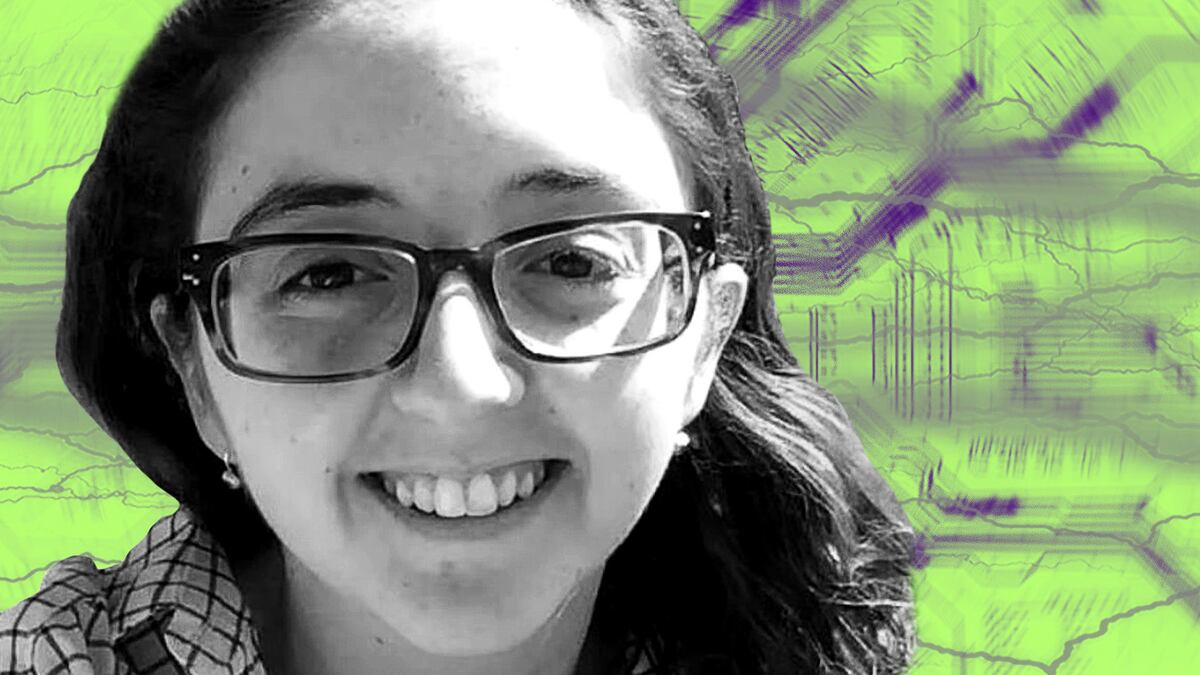- Caroline Ellison, the former CEO of Alameda Research and Sam Bankman-Fried's on-again, off-again girlfriend, could wind up being the most important witness of the trial.
- Ellison’s emotional testimony was believable and raised serious questions about Bankman-Fried's conduct and decision-making.
- The defence’s cross examination of her was not nearly as effective.
Ari Redbord is the global head of policy and government affairs at TRM Labs, the blockchain intelligence company. Views expressed are his own.
Unless former FTX CEO Sam Bankman-Fried takes the stand in his own defence — and possibly even if he does — it is very possible that cooperating witness and former Alameda Research CEO Caroline Ellison, who testified this week, is the most important witness in the weeks-long criminal trial against SBF.
The strategy this week was actually pretty simple. The government needed to show that Ellison is a credible witness with unique access to every aspect of SBF’s life with first-hand knowledge of key moments, including decisions to use FTX customer funds to prop up hedge fund Alameda.
On the other hand, the defence needed to portray Ellison as a cooperating witness who will say anything to save her own skin and, in large part, the decision maker of all-things Alameda in the absence of an AWOL SBF.
Ellison, the on-and-off again girlfriend of Bankman-Fried, began her testimony on Tuesday explaining to the jury that she conspired with SBF to commit fraud by misstating Alameda’s assets and liabilities to lenders and by using FTX customer funds to repay Alameda debts or for investments, to the tune of around $10 billion.
Things fell apart in November 2022, Ellison said, when customers tried to withdraw their funds. In her first day of testimony, Ellison walked the jury through the way SBF, despite Ellison’s CEO title, retained control over Alameda.
It was important for the government to establish this power dynamic, especially after SBF’s lawyers previewed their plan to blame Ellison in their opening statement.
On Wednesday, the second day of Ellison’s testimony, Ellison testified that she was specifically instructed to use FTX customer funds to repay Alameda Research’s lenders despite recognizing the risk, and that Alameda borrowed heavily from FTX’s customer deposits to stay financially stable, employing deceptive practices to mask its risky financial situation from lenders.
This is critical testimony as the government fraud and conspiracy cases hinge on Bankman-Fried intentionally using FTX customer funds to prop up Alameda’s risky bets.
‘I felt indescribably bad…’
Ellison’s testimony was strong, but was it credible? While the defence attempted to discredit her, Ellison came across, at times, as naive and overwhelmed. Emotion, when seemingly genuine, tends to be credible. Ellison’s testimony was emotional as she described the collapse of FTX and Alameda.
“I felt a sense of relief that I didn’t have to lie anymore,” Ellison testified describing the final moments of FTX, “I felt indescribably bad about all the ... people that lost their jobs ... and the people that trusted us that we had betrayed,” Ellison told the jury as she clutched a tissue and wiped away tears.
The government also needed to show the jury that SBF confided in Ellison. The government presented evidence that Ellison and other Alameda executives “paid a large bribe to Chinese officials” to secure funds that had been locked on Chinese exchanges.
While the bribery scheme — in which fake exchange accounts were created using the names of “Thai prostitutes” according to Ellison — was not admitted to prove the uncharged conduct but rather, according to the judge, to illustrate Bankman-Fried’s “trust and confidence” in Ellison and to speak to “motives.”
While the conduct is uncharged and the evidence cannot be admitted to show propensity to commit other crimes, this is the type of evidence that tarnishes the defendant and, at the same time, provides credibility for Ellison, who was clearly a trusted member of SBF’s inner circle.
Another way to demonstrate witness credibility is to provide corroborating evidence along with the testimony.
For example, in an internal “State of Alameda” memo Ellison authored in November 2021, shortly after the payment to Chinese officials was reportedly made, she included a bullet point titled “-150m from the thing?” under a section detailing “notable/idiosyncratic” financial events.
The entry, she said, referenced the payment to Chinese officials: “I didn’t want to put in writing that we paid what I believed were bribes,” she testified.
Deflecting blame from ‘absent’ SBF
The defence’s opening statement previewed that Ellison’s cross examination would attempt to deflect blame from SBF, but the questioning never seemed to get there.
When the defence lawyer asked Ellison if his client was absent for “long periods of time” while she was CEO at Alameda, the witness agreed that he was.
But when it came to big decision making, over and over Ellison testified that orders came from SBF. In fact, the defence attorney wrapped up with her without overtly blaming Ellison for the FTX collapse.
The defence did ask a number of questions regarding Ellison’s plea agreement and asked, over and over again, about meetings with prosecutors.
At one point defence counsel went month-by-month asking if Ellison had met with prosecutors.
During the course of a trial, a good trial attorney — for the prosecution or defence — is creating a record to be used in their closing argument.
Every question is intended to elicit a response that can ultimately be argued to the jury in closing. The questions were likely asked so that defence counsel can argue in closing that Ellison is in bed with prosecutors.
Trials are complicated. They are human dramas playing out in front of juries, packed courtrooms and, in this case, the world.
While we are still in the early weeks of trial, it is clear that the government’s case is strong, and, with credible cooperators bolstered with documentary evidence, SBF’s legal team has an uphill battle in front of them.
